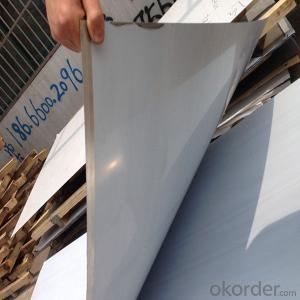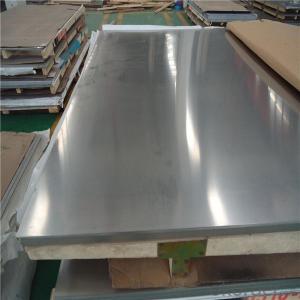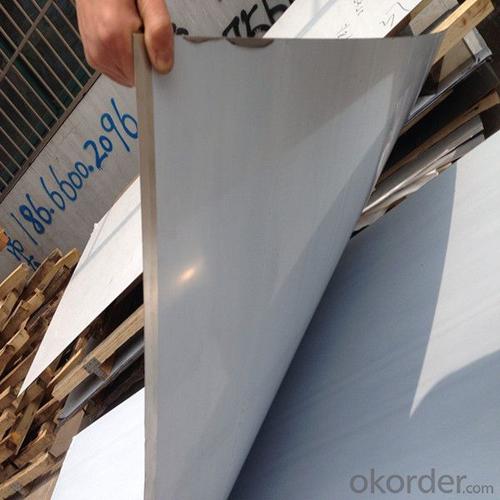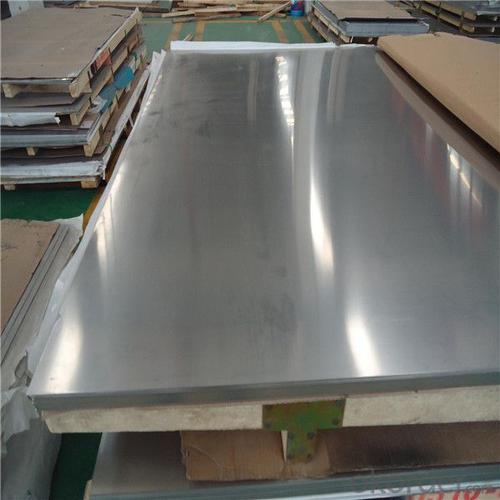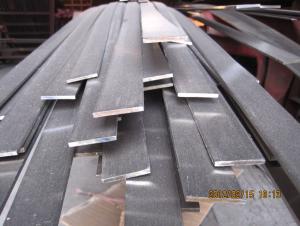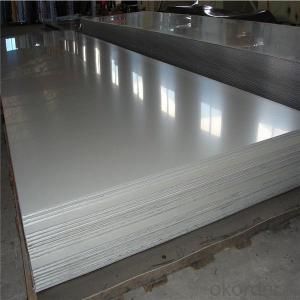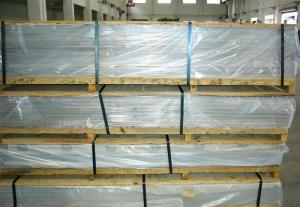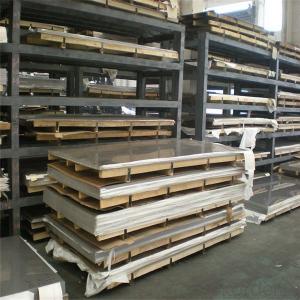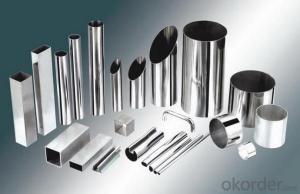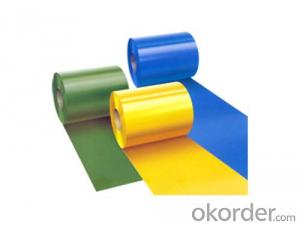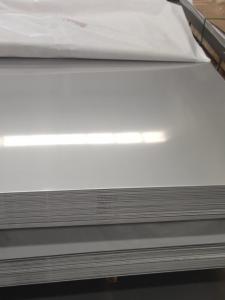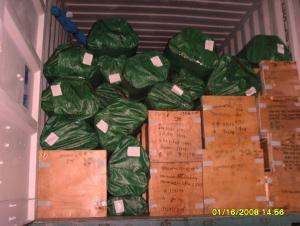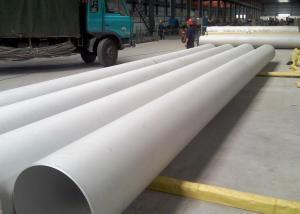1mm Thickness Stainless Steel Sheet Prices
- Loading Port:
- Shanghai
- Payment Terms:
- TT OR LC
- Min Order Qty:
- 2 m.t.
- Supply Capability:
- 45000 m.t./month
OKorder Service Pledge
OKorder Financial Service
You Might Also Like
Specification
1mm Thickness Stainless Steel Sheet Prices
Product Description
1mm Thickness Stainless Steel Sheet Prices
Technology | Cold Rolled |
Thickness | 0.14 mm – 2.0 mm (tolerances ±0.02 mm) |
Width | 10.0 mm – 1240 mm (tolerances ±0.02 mm) |
Processing | Pickling / Straighten / Flatten / Leveling |
Grade | 201 |
Edge | Mill Edge / Slitting Edge |
Annealed | Full hardness to Deep drawing quality (DDQ) |
Surface | BA - processed with bright heat treatment after cold rolling. |
2B - after cold rolling, by heat treatment, pickling or other equivalent treatment and lastly by cold rolling to given appropriate luster. | |
2D – matt finish, best choice for deep drawing | |
Protection | 1. Inter paper available |
2. PVC protecting film available | |
All standard products are supplied without inter paper & PVC film. If needed, please inform. | |
Product Show
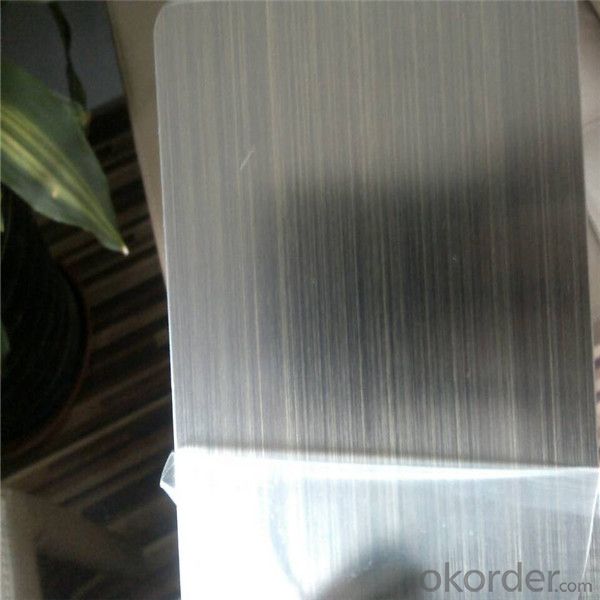
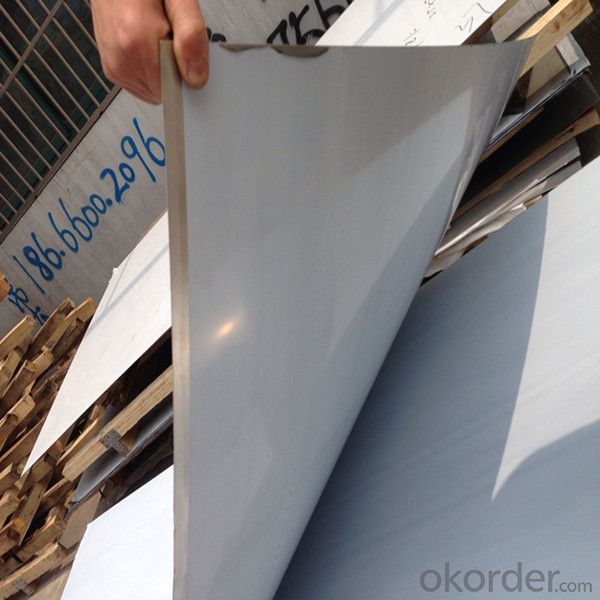
Trade & Market
Factory Information
| Factory Size (Sq.meters): | Above 100,000 square meters | |
| Factory Location: | Luogu Industrial Zone, Dainan Town, Xinghua City, Jiangsu Province. China | |
| Number of Production Lines: | Above 10 | |
| Number of R&D Staff: | 11 - 20 People | |
| Number of QC Staff: | 21 - 30 People | |
| Contract Manufacturing: | Design Service Offered Buyer Label Offered |
- Q: Can stainless steel sheets be used for decorative panels?
- Certainly! Decorative panels can definitely utilize stainless steel sheets. Stainless steel possesses exceptional qualities like durability, strength, and corrosion resistance, rendering it a splendid option for decorative purposes. Due to its aesthetic appeal, stainless steel finds extensive use in interior design, architecture, and diverse industries. To create distinctive and visually captivating decorative panels, stainless steel sheets can be tailored with a variety of finishes such as brushed, polished, or patterned. Furthermore, stainless steel sheets can be easily fashioned, cut, and shaped into various designs, ensuring their versatility for different decorative applications. Be it for wall cladding, elevator interiors, furniture accents, or signage, stainless steel sheets lend a contemporary, refined, and sophisticated appearance that enhances the overall aesthetics of any given space.
- Q: What's the difference between the 304 stainless steel plate and the 310S stainless steel plate?
- 304 is a versatile stainless steel which is widely used in the manufacture of equipment and parts requiring good overall performance (corrosion resistance and formability). In order to maintain the inherent corrosion resistance of stainless steel, steel must contain more than 18% chromium, more than 8% of the nickel content. 304 stainless steel is a brand of stainless steel produced according to the ASTM standard in the United states.310S stainless steel austenitic chromium nickel stainless steel has good oxidation resistance, corrosion resistance, because the higher percentage of chromium and nickel, which has much better creep strength, can continuously work under high temperature, good heat resistance, softening temperature is more than 800[1], and the allowable stress continued to decrease, the highest use temperature of 1200 DEG C. For Ni (Ni), chromium (Cr) content is high, with good oxidation resistance, corrosion resistance, acid and alkali resistance, high temperature performance, high temperature resistant steel dedicated to the manufacture of electric furnace tube and so on, increase the amount of carbon austenitic stainless steel, due to the solid solution strengthening effect to the strength improved, chemical composition characteristics of austenitic stainless steel is chrome, nickel based addition of molybdenum and tungsten, niobium and titanium elements, as its face centered cubic structure, and strength and high creep strength at high temperature.
- Q: Are stainless steel sheets resistant to chlorine?
- Stainless steel sheets possess a general resistance to chlorine, as they are renowned for their corrosion-resistant properties. They are capable of enduring exposure to chlorine without experiencing substantial degradation. Hence, stainless steel sheets prove to be an appropriate option for implementing in environments containing chlorine, such as swimming pools, water treatment plants, and chemical processing facilities. Nevertheless, it is crucial to acknowledge that extended exposure to high concentrations of chlorine or specific chemicals can still induce corrosion or discoloration on the surfaces of stainless steel. To maintain the longevity and aesthetic appeal of stainless steel sheets in chlorinated settings, regular maintenance and adherence to proper cleaning procedures are imperative.
- Q: Are stainless steel sheets suitable for wastewater treatment plants?
- Yes, stainless steel sheets are suitable for wastewater treatment plants. Stainless steel is known for its corrosion resistance, making it an excellent choice for environments with high moisture and chemical exposure, such as wastewater treatment plants. It can withstand the harsh conditions and provide long-lasting durability. Additionally, stainless steel is easy to clean and maintain, which is essential in a wastewater treatment facility where cleanliness and hygiene are critical. The material also has a high strength-to-weight ratio, making it suitable for various applications within the plant, such as tanks, piping, and equipment. Overall, stainless steel sheets are a reliable and practical choice for wastewater treatment plants.
- Q: What are the different types of stainless steel sheet coatings available?
- There are several different types of stainless steel sheet coatings available, each offering unique properties and benefits. Some of the most common types include: 1. Galvanized Coatings: These coatings are made by applying a layer of zinc to the surface of the stainless steel sheet. This helps to protect the steel from corrosion and rusting. Galvanized coatings are commonly used in outdoor applications or in environments where the steel is exposed to moisture or chemicals. 2. Powder Coatings: Powder coatings are a popular choice for stainless steel sheets as they provide excellent durability and resistance to corrosion. This type of coating is applied as a dry powder and then heated to form a hard protective layer. Powder coatings come in a variety of colors and finishes, allowing for customization and aesthetic appeal. 3. Electroplating: Electroplating involves the deposition of a thin layer of another metal onto the stainless steel sheet. Common metals used for electroplating include chrome, nickel, and zinc. This coating not only enhances the appearance of the steel but also improves its resistance to corrosion and wear. 4. PVD Coatings: Physical Vapor Deposition (PVD) coatings involve the deposition of a thin film onto the stainless steel sheet using a vacuum process. These coatings can provide various properties such as improved hardness, scratch resistance, and color options. PVD coatings are commonly used in architectural applications or for decorative purposes. 5. Organic Coatings: Organic coatings, such as paints or lacquers, can also be applied to stainless steel sheets. These coatings provide an additional layer of protection against corrosion, as well as offering aesthetic options. Organic coatings are often used in applications where color matching or branding is important. Each type of stainless steel sheet coating has its advantages and is suitable for specific applications. The choice of coating will depend on factors such as the intended use, desired appearance, and environmental conditions in which the stainless steel will be exposed. It is important to carefully consider these factors and consult with experts to choose the most suitable coating for your specific needs.
- Q: What are the different types of surface treatments for stainless steel sheets?
- There are several types of surface treatments for stainless steel sheets, including brushing, grinding, polishing, and coating. Brushing creates a textured finish, grinding removes imperfections, polishing enhances shine, and coating adds a layer of protection.
- Q: Can stainless steel sheets be etched or engraved?
- Yes, stainless steel sheets can be etched or engraved. Etching and engraving are common methods used to create designs, patterns, and text on stainless steel surfaces. These techniques involve removing a thin layer of the metal to create the desired design. Etching can be done using chemicals or by using a laser, while engraving is typically done using a mechanical tool or laser. The etching or engraving process can create intricate and detailed designs on the stainless steel sheets, making them suitable for a wide range of applications such as signage, decorative panels, nameplates, and more.
- Q: What is the water absorption rate of stainless steel sheets?
- The water absorption rate of stainless steel sheets is typically very low or negligible. Stainless steel is known for its excellent corrosion resistance and impermeability to liquids, including water. Due to its unique composition and surface properties, stainless steel sheets do not readily absorb water or allow it to penetrate the material. This makes stainless steel a preferred choice for various applications where resistance to moisture is crucial, such as in the food and beverage industry, medical equipment, and outdoor structures.
- Q: Are stainless steel sheets suitable for high-temperature applications?
- Yes, stainless steel sheets are suitable for high-temperature applications. Stainless steel is known for its excellent heat resistance properties, making it an ideal material for use in high-temperature environments. It can withstand extreme heat without losing its strength or structural integrity, making it highly durable and reliable. Stainless steel sheets are often used in industries such as aerospace, automotive, and manufacturing, where high temperatures are common. Additionally, stainless steel sheets have low thermal expansion, which means they can maintain their shape and dimensions even when exposed to fluctuating temperatures. This makes stainless steel sheets a preferred choice for applications where dimensional stability is crucial. Overall, stainless steel sheets are a suitable option for high-temperature applications due to their exceptional heat resistance, durability, and dimensional stability.
- Q: What is the lifespan of stainless steel sheets?
- The lifespan of stainless steel sheets can vary depending on various factors such as the grade of stainless steel used, the environment it is exposed to, and the level of maintenance it receives. However, with proper care and maintenance, stainless steel sheets can last for several decades or even longer.
Send your message to us
1mm Thickness Stainless Steel Sheet Prices
- Loading Port:
- Shanghai
- Payment Terms:
- TT OR LC
- Min Order Qty:
- 2 m.t.
- Supply Capability:
- 45000 m.t./month
OKorder Service Pledge
OKorder Financial Service
Similar products
Hot products
Hot Searches
Related keywords
